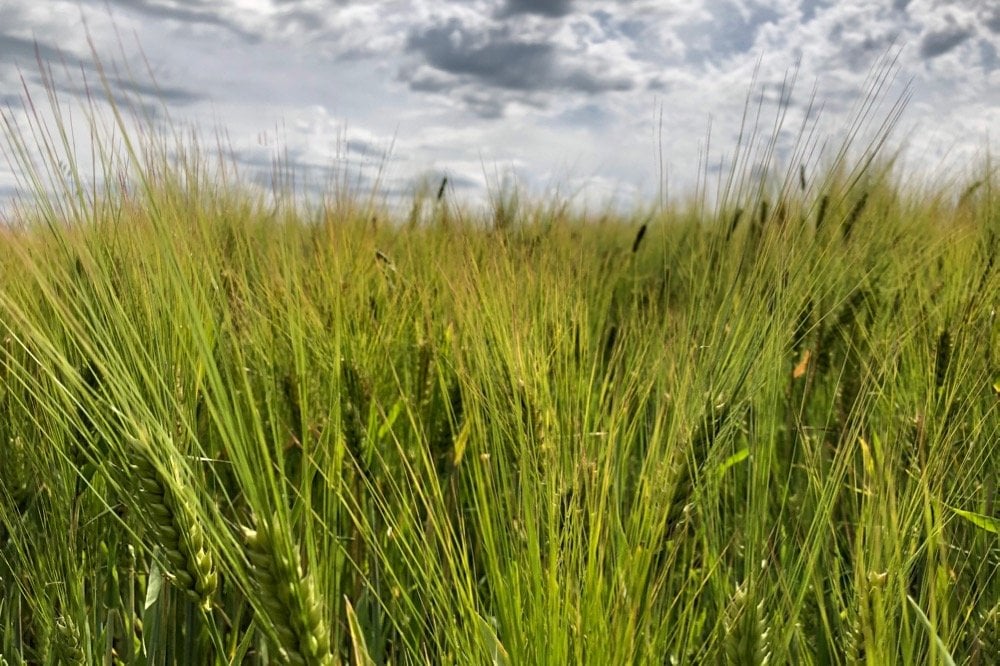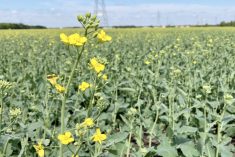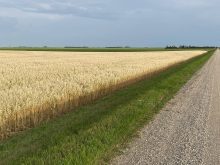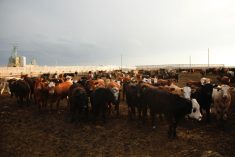MarketsFarm — The price of feed barley in Western Canada, along with those of other feed grains such as corn and wheat, has jumped over the past year and shows no signs of a drop-off.
Mike Fleischhauer of Eagle Commodities in Lethbridge said international demand — especially in China, Japan and India — has grown for the crop.
Demand for feed in Alberta is also set to increase, after the opening of a new 40,000-head feedlot near Enchant, about 75 km northeast of Lethbridge, later this year. Elevators are also buying up new crop and farmers are holding on to their old crop.
Read Also

Alberta crop conditions improve: report
Varied precipitation and warm temperatures were generally beneficial for crop development across Alberta during the week ended July 8, according to the latest provincial crop report released July 11.
“The price is at the highest we’ve seen for some years, for sure,” he said. “It’s obviously a positive for the farmers that are selling it. They’ve had four or five years of (not that) positive (prices) and now they’re having a year where they’re making some money.”
According to Prairie Ag Hotwire data from Thursday, high-delivered bids for Alberta feed barley have run up to $6.97 per bushel, an increase of $2 from the same time last year. By comparison, feed barley in Saskatchewan and Manitoba has traded as high as $6 and $5.94 respectively.
“I predict (these high prices are) going to stay until 2023,” Fleischhauer said. “(But) at any given time with what goes on internationally or what goes on in China, they could say, ‘No more,’ and it goes down.”
He also stressed that barley is just one of a few crops experiencing price hikes due to increased demand. According to Fleischhauer, corn futures, now at levels not seen since 2013, are dictating the market for both barley and wheat.
“If the corn value is still up there, then the barley values are going to follow. If corn starts to drop, then barley starts to drop. Because at one point in time, (buyers) want to buy corn but obviously at that price it’s not viable to buy it.”
As for seeding expectations, Fleischhauer has heard from farmers they will grow more barley, citing the higher prices and demand.
“For the most part, Alberta has been fairly good for moisture. There are a couple of pockets that are dry,” he said. “Between now and May long weekend, we’ll see what we get.”
— Adam Peleshaty reports for MarketsFarm from Stonewall, Man.




















